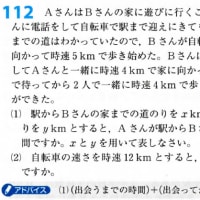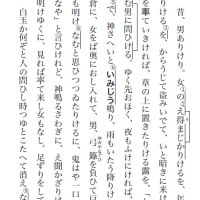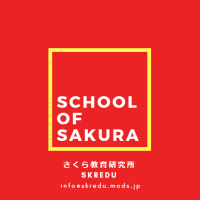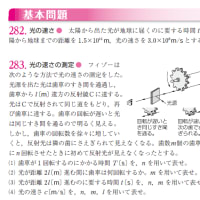
文章22 「正しい読み方」は存在するのか? 金沢大学
小説作品を読んで、「作者の意図は何か」と問われた経験はないだろうか。確かに作品には作品を創作した作者の存在が必ずある。そして、作品と作者は一体となって、小説を読む者に読みの方向を指し示してきた。作者の伝記的事項からうかがい知ることのできる思想や、作者自身が自らの作品について語ることばによって小説作品の「正しい」読み方があるとわれわれは思い込んできたのである。
しかし、小説作品を【テクスト】と見る考え方によって、作品が表現していると考えられてきた唯一絶対の主題をとらえようとする【一義的】な読み方は否定される。テクストの原義は「織物」であり、一枚の布が何本もの縦糸と横糸の交差によって成り立っているのと同じく、小説というテクストも様々な要素によって成り立っていると考えられる。作者の意図のみがテクストの縦糸・横糸となることはあり得ない。一つのテクストには、先行する時代のテクストや、同時代の他のテクストの何らかの痕跡(こんせき)が織り込まれている。
さらに、一つのテクストが創作された時代背景や文化、社会などもテクストを織り成す一部となっているだろう。そういった、テクストとともに織り込まれている言語以外の要素は、「ともに」を意味する「コン」という接頭語をつけて【コンテクスト】と呼ばれる。コンテクストは文脈と訳されるが、まさにテクストは、それが生まれた時代や文化や社会という大きな文脈のなかに属しているものである。そして、多様な要素が織り込まれることによって成立するテクストは、一義的な読みから解放され、読みの【多義性】を導く。また、テクストという考え方によって、読者は、作者の示す意図を一方的に読み取るだけの存在であることから解放され、テクストと相互に関わり、新たな意味を構築していく存在となる。作品と異なり、テクストは開かれたものなのである。
Sentence 22 Is there a "correct reading"? Kanazawa University
Have you ever read a novel and been asked, "What is the author's intention?" Certainly, there is always the existence of the author who created the work. And the work and the author have become one and have pointed out the direction of reading to the reader of the novel. We have assumed that there is a ``correct'' way to read a novel based on the thoughts that can be gleaned from the author's biography and the words that the author says about his work.
However, the idea of viewing a novel as a [text] denies a [univocal] reading that tries to capture the only and absolute theme that the work expresses. The original meaning of text is 'textile', and just as a piece of cloth is made up of many interlaced warp and weft threads, the text of a novel can be thought of as being made up of various elements. The author's intention alone cannot be the warp or weft of the text. A text is woven with some traces of the texts of the preceding period and of other texts of the same period.
Furthermore, the historical background, culture, and society in which a text was created are also part of the weaving of the text. Such non-linguistic elements that are woven together with the text are called 'contexts' with the prefix 'kon', which means 'together'. Context is translated as context, and a text belongs to the larger context of the era, culture, and society in which it was created. And the text, which is formed by interweaving various elements, is freed from the univocal reading and leads to the [ambiguity] of the reading. In addition, the idea of a text frees the reader from being a mere unilateral reader of the author's intentions, and allows him or her to interact with the text and construct new meanings. Unlike works, texts are open.
EXERCISES 22
1. 次の各文を接続詞を用いて書きかえなさい.
1) I washed the dishes, drying them carefully.
2) Taking off my clothes, I filled the bathtub.〔「~している間に」の意味で〕
3) Feeling hungry, we went to a restaurant.
*4) Taking the bus, you will get to the library.
2. 日本語に合うように( )内の語句を並べかえなさい.
1) 彼らは愉快な歌を歌いながら山に登った.
They climbed the mountain, (song, singing, amusing, an).
2) 私はラジオを聞きながら夕食を作った.
I cooked dinner, (the, listening, radio, to).
3) 私たちは5時に家を出て,9時に空港に着いた.
We left home at five, (at, the airport, at nine, arriving).
4) 英語と日本語のどちらも知っていたので,彼女はその本を翻訳できた.
(both, knowing, and, Japanese, English), she could translate the book.
*5) 彼が若いのは認めるが,彼にはその仕事をするための経験がある.
(he, that, young, admitting, is), he has the experience to do the work.
3. リサイクルとは
Recycling is a process designed to recover and reuse materials instead of throwing them away. Commonly recycled wastes include aluminum and steel cans, glass containers, and paper. Recycling helps conserve raw materials that manufacturers would otherwise need to use. It also keeps materials out of landfills, helping reduce the pollution that may result from the disposal of various waste materials.






















